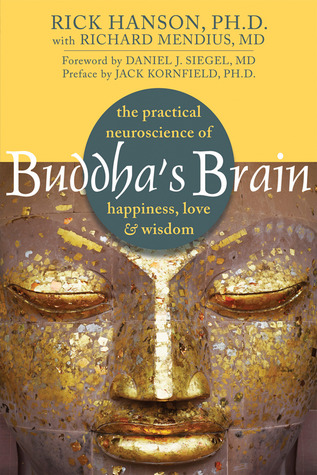Key Parts of Your Brain Each of these parts of your brain does many things; the functions listed here are those relevant to this book. Figure 6: Key Parts of Your Brain Prefrontal cortex (PFC)—sets goals, makes plans, directs action; shapes emotions, in part by guiding and sometimes inhibiting the limbic system Anterior (frontal) cingulate cortex (ACC)—steadies attention and monitors plans; helps integrate thinking and feeling (Yamasaki, LaBar, and McCarthy 2002); a “cingulate” is a curved bundle of nerve fibers Insula—senses the internal state of your body, including gut feelings; helps you
Key Parts of Your Brain Each of these parts of your brain does many things; the functions listed here are those relevant to this book. Figure 6: Key Parts of Your Brain Prefrontal cortex (PFC)—sets goals, makes plans, directs action; shapes emotions, in part by guiding and sometimes inhibiting the limbic system Anterior (frontal) cingulate cortex (ACC)—steadies attention and monitors plans; helps integrate thinking and feeling (Yamasaki, LaBar, and McCarthy 2002); a “cingulate” is a curved bundle of nerve fibers Insula—senses the internal state of your body, including gut feelings; helps you be empathic; located on the inside of the temporal lobes on each side of your head (temporal lobes and insula not shown in figure 6) Thalamus—the major relay station for sensory information Brain stem—sends neuromodulators such as serotonin and dopamine to the rest of the brain Corpus callosum—passes information between the two hemispheres of the brain Cerebellum—regulates movement Limbic system—central to emotion and motivation; includes the basal ganglia, hippocampus, amygdala, hypothalamus, and pituitary gland; sometimes also considered to include parts of the cortex (e.g., cingulate, insula), but for simplicity we will define it anatomically in terms of subcortical structures; many parts of the brain besides the limbic system are involved with emotion Basal ganglia—involved with rewards, stimulation seeking, and movement; “ganglia” are masses of tissue Hippocampus—forms new memorie...
...more
This highlight has been truncated due to consecutive passage length restrictions.


